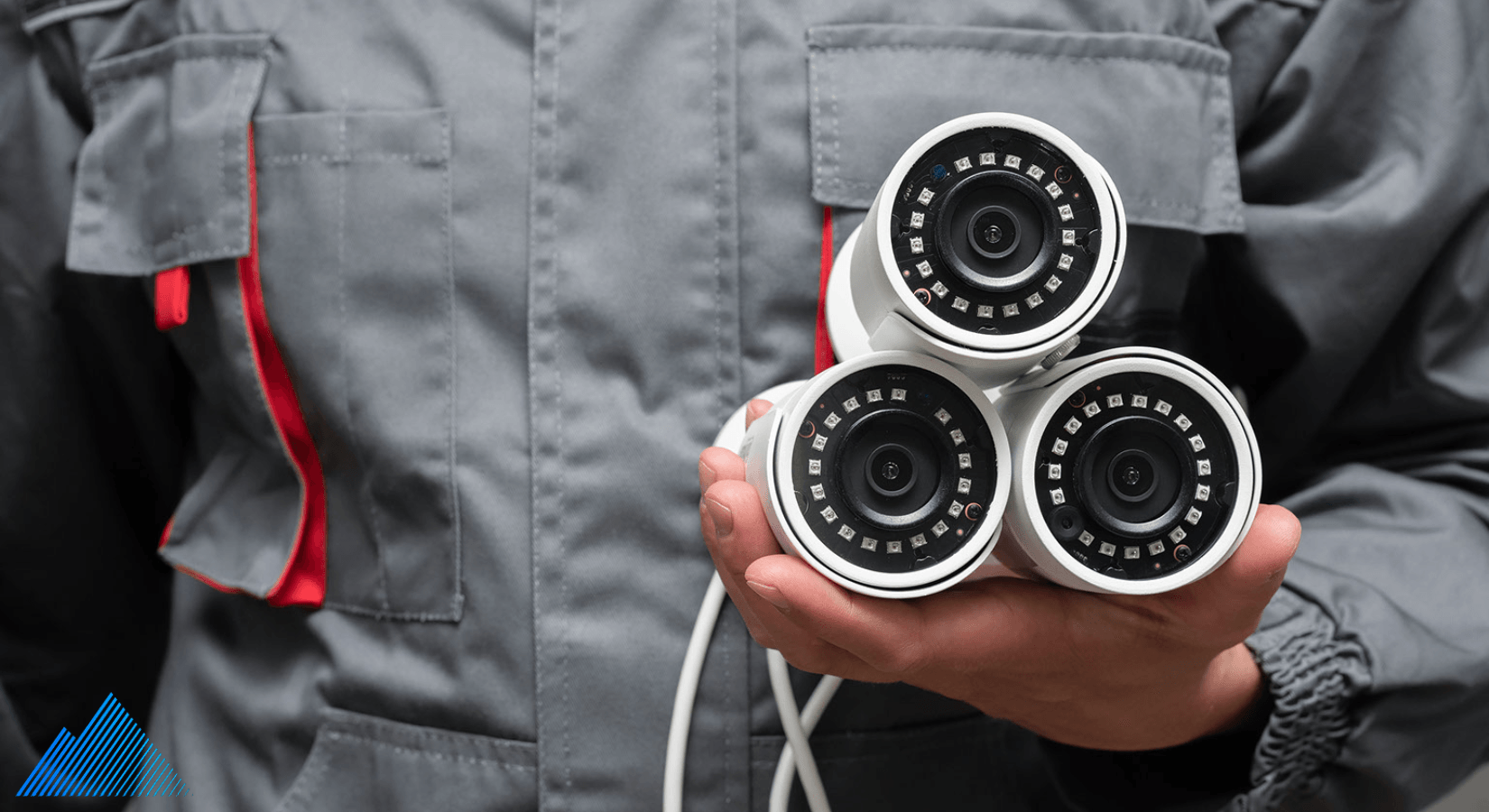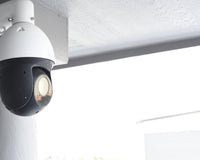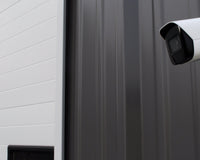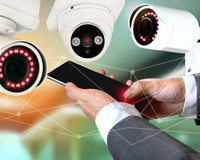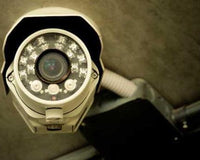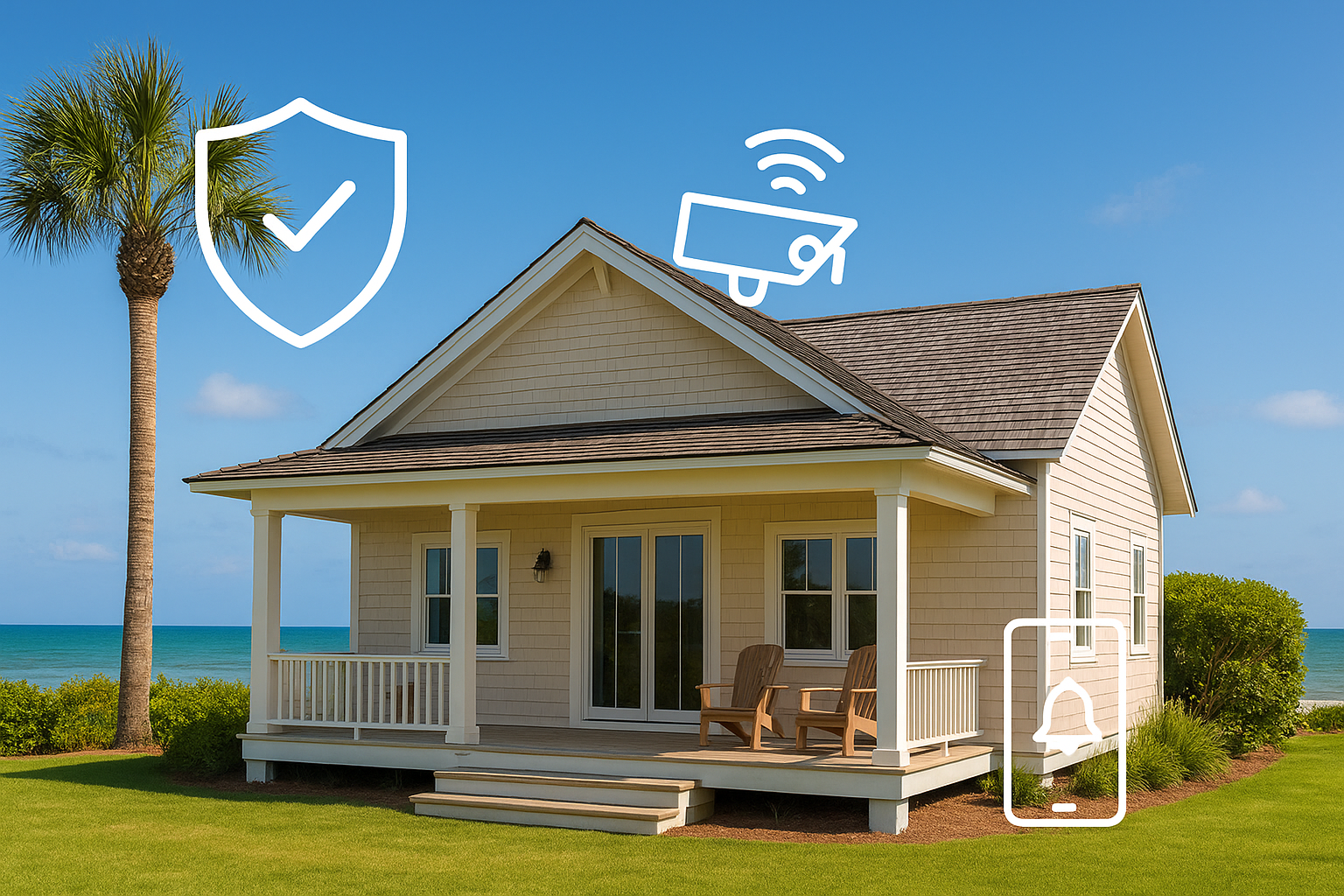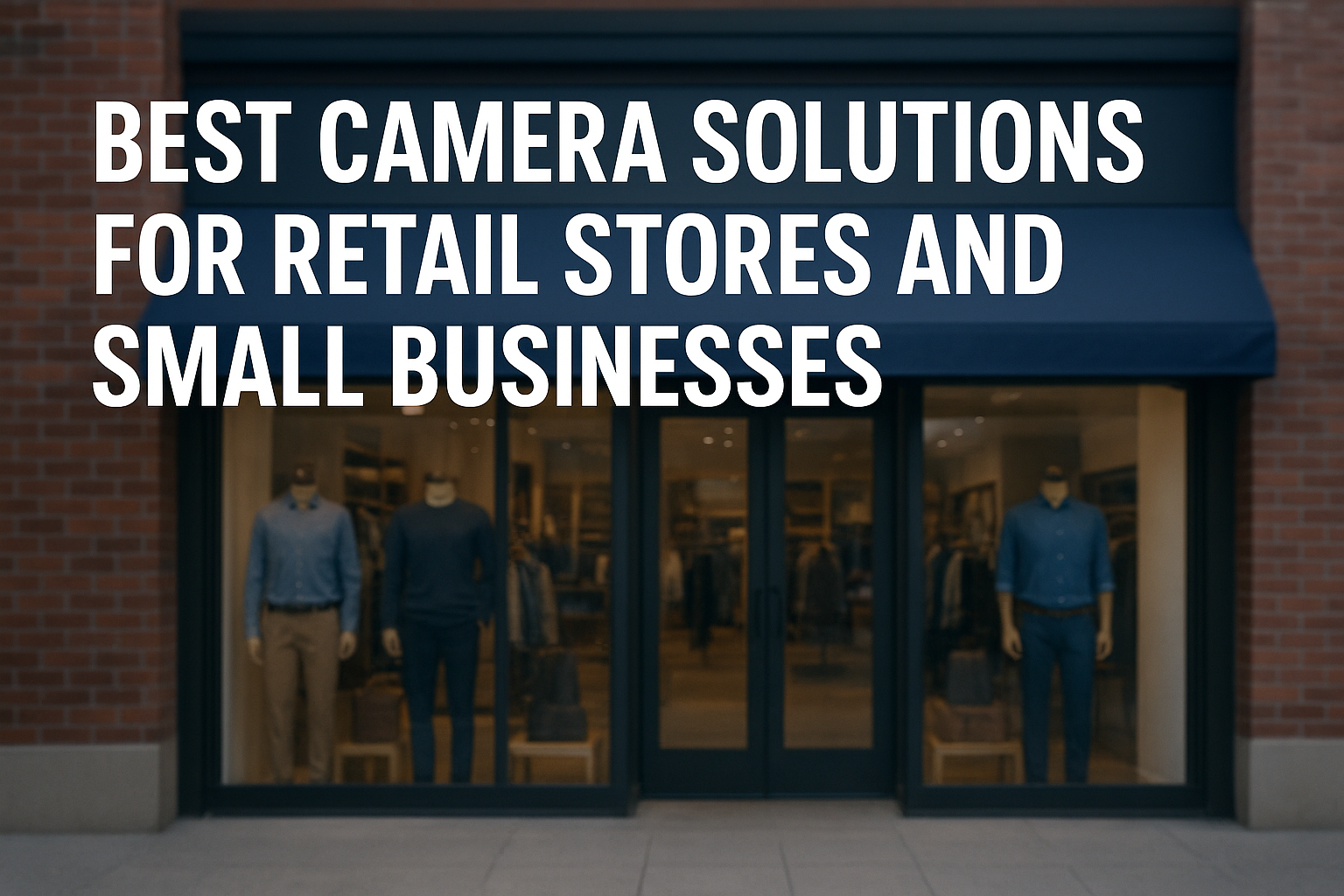Choosing the Best IP Camera for Your Needs
When trying to decide what IP cameras to get you may feel overwhelmed with the amount of information available, trust us we understand!!! So to help simplify it we have compiled a list of the five most important features or specs to look into when choosing your cameras. Once you have found a few cameras that match your needs to this list you will have a much better idea of what choice is going to be right for you and should be well on your way to making your decision. Our friends over at porch.com have also compiled a list of important factors to consider when purchasing a surveillance system which can be found by clicking here.
1: Frame Rate at Full Resolution
The first thing you want to look at when considering purchasing an IP security camera is the frame rate at the cameras highest resolution. Many companies will offer cameras claiming to be 2k or 4K @ 30FPS, but they truly aren’t. These cameras may be capable of 4K and 30FPS, but just not at the same time. Many cameras can handle 30FPS at 1080p or 720p, but the frame rate drops to 15FPS at full resolution (4K or 2K). This means that when viewing in high resolution the motion that the camera is recording will not be fluid and may appear to skip or jump. If you have a camera like this you are likely to turn down the resolution just so the recorded video will be smooth, in which case you should have just bought a 2MP camera and saved some money. Montavue's MTB8110, MTD8110, MTB8112-V, and MTD8112-V 4K cameras can record 30FPS at full resolution, so you know your camera will perform at the highest levels.
2: Night Vision Options
Low Light Color Optics- Color night vision is becoming more and more common in IP cameras these days. What this means is that the camera has a low light sensor. A low light sensor will allow the camera to stay in color in low light conditions. Be careful when buying a camera that claims to have color night vision though. Many companies will give the impression that their cameras will always produce a color image. While low light sensors do a great job of allowing cameras to stay in color longer, no camera can produce a color image in complete darkness. So while color night vision is a great feature to have, if the cameras will be exposed to extreme darkness you will want to make sure they have some high quality infrared (IR) lights on them. All of the cameras we sell at Montavue are equipped with a high quality low light sensor so you can enjoy color images in low light situations.
IR Light- IR lights are what you are seeing when you are looking at a black and white night vision video. IR lights will come on when it is too dark out for the camera to produce a color video. The black and white video will rarely look as good as a color image, but if you buy a camera with high quality IR night vision you should be able to make out details pretty clearly. A camera with cheap IR night vision will produce a video that appears grainy or fuzzy, making it difficult to use for identification. Nearly every Montavue camera (except one) comes with high quality IR lights so you will have clear and crisp images, even in complete darkness.
3: Digital Zoom
There may come a time when you need to be able to zoom in on one of your cameras in order to identify or clarify what is happening. If you want to be able to do this without investing more money into varifocal zoom or PTZ cameras, you will want to double check that your camera is capable of a digital zoom. A digital zoom will zoom in on the pixels and will become somewhat fuzzy if you are zoomed in all the way but it can still be extremely useful, especially with 2K or 4K cameras. With high resolution cameras the pixels are so small that even with a close digital zoom you can identify faces, tattoos, or other distinguishing features or characteristics. So while a digital zoom won’t provide as clear of an image as an optical zoom, it is a budget friendly option that can still perform well. Every camera we sell at Montavue is capable of a 16x digital zoom (even the varifocal and PTZ cameras), so you know you will always have an option to zoom in if necessary.
4: Motion Detection and IVS
Another feature that is becoming an industry standard for IP security cameras is motion detection. With this feature you can record, view, and even get push or email notifications every time that your camera detects motion. This allows the user to have total knowledge of everything that is going on at their home or business. The downside to motion detection is that it can lead to an overwhelming amount of “false” notifications or recordings. This may mean that the camera is detecting motion every time a leaf blows or a bird flies by. You will want to find a camera that is capable of advanced motion detection or intelligent video surveillance (IVS). Advanced motion detection will allow the user to mask off portions of the screen (eg. a bush that moves every time the wind blows) and adjust the sensitivity and threshold settings that allow objects to trigger motion detection. IVS takes it a step further allowing users to utilize features like a tripwire. A tripwire will allow the user to draw an invisible line in the image that will trigger motion detection whenever crossed. This helps cut back on false notifications and allows you to be very specific about what motion you want to record. Here at Montavue, all of our cameras come with advanced motion detection and IVS features, allowing you to be precise and accurate with your motion recordings.
5: Wide Field of View
The field of view (FOV) will determine how much your camera can see, with a wider field of view you can see more. This can be important in limiting the amount of cameras that you will need, thus saving time and money. As a rule of thumb you should only get cameras with a FOV greater than 90°. If you are using high quality cameras you should still be able to record everything you want with less cameras without losing any picture quality. Some cheaper cameras will have a wide field of view but the image gets blurry or distorted on the sides making much of it useless. Other low quality cameras will have a FOV < 90°, meaning you will need more cameras to get the job done correctly. At Montavue the majority of our cameras will have a field of view of at least 98° or higher so your can see more without losing any picture quality.
We hope that this list will help you narrow down your search for the camera you need. Keep in mind that this list is not exhaustive and there are other factors to take into consideration when looking for cameras including housing style, functionality, weatherproof ratings, compression, etc. We do feel that these are some of the top boxes to check though when purchasing IP cameras and our team of surveillance system experts can help you make sure that you are getting the camera that you need. If you have any questions or need any advice about IP security cameras and systems feel free to call or message our 100% US based sales and service team.

